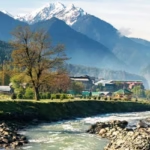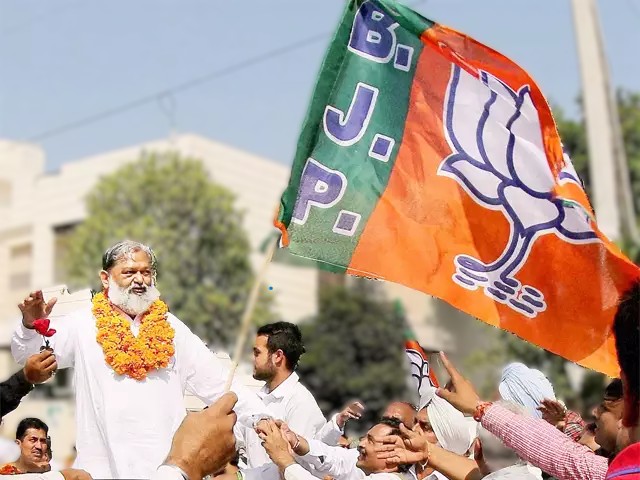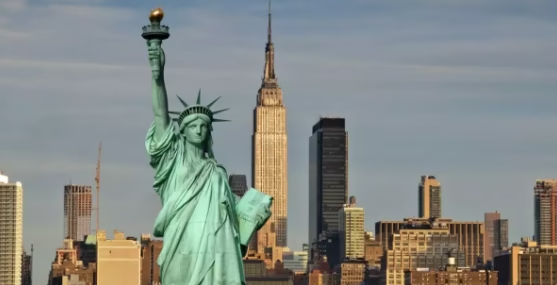The Haryana Municipal Election Results 2025 have delivered a decisive mandate, with the Bharatiya Janata Party (BJP) securing a resounding victory in nine out of ten municipal corporations. This election, seen as a litmus test for the BJP and Congress after the 2024 state assembly polls, highlights the saffron party’s continued dominance in Haryana’s political landscape. From record-breaking margins to strategic setbacks for the opposition, here’s a comprehensive breakdown of the results, voter trends, and implications.
Key Highlights of the Haryana Municipal Election Results
1. BJP’s Dominance Across Major Municipalities
The BJP emerged victorious in nine key municipal corporations:
- Gurugram: Raj Rani (BJP) won by 1.79 lakh votes, the largest margin in the state.
- Faridabad: Praveen Joshi (BJP) set a national record with a 3.16 lakh-vote margin.
- Hisar, Karnal, Rohtak, Ambala, Sonipat, Yamunanagar, Panipat: BJP candidates secured comfortable wins.
The party’s success underscores its organizational strength and the popularity of Chief Minister Nayab Singh Saini’s “triple-engine governance” model (Central, State, and Local BJP-led administrations).
2. Independent Triumph in Manesar
In a surprise upset, independent candidate Dr. Inderjit Yadav defeated BJP’s Sunder Lal by 2,293 votes to become Manesar’s first-ever mayor. This marks the only seat where the BJP faced defeat.
3. Congress’s Disappointing Performance
The Congress failed to secure a single mayoral seat, reflecting ongoing challenges like infighting and voter disillusionment. In Gurugram, Congress candidate Seema Pahuja trailed by 19,788 votes in early rounds, signaling a lack of momentum.
Detailed Breakdown of Results
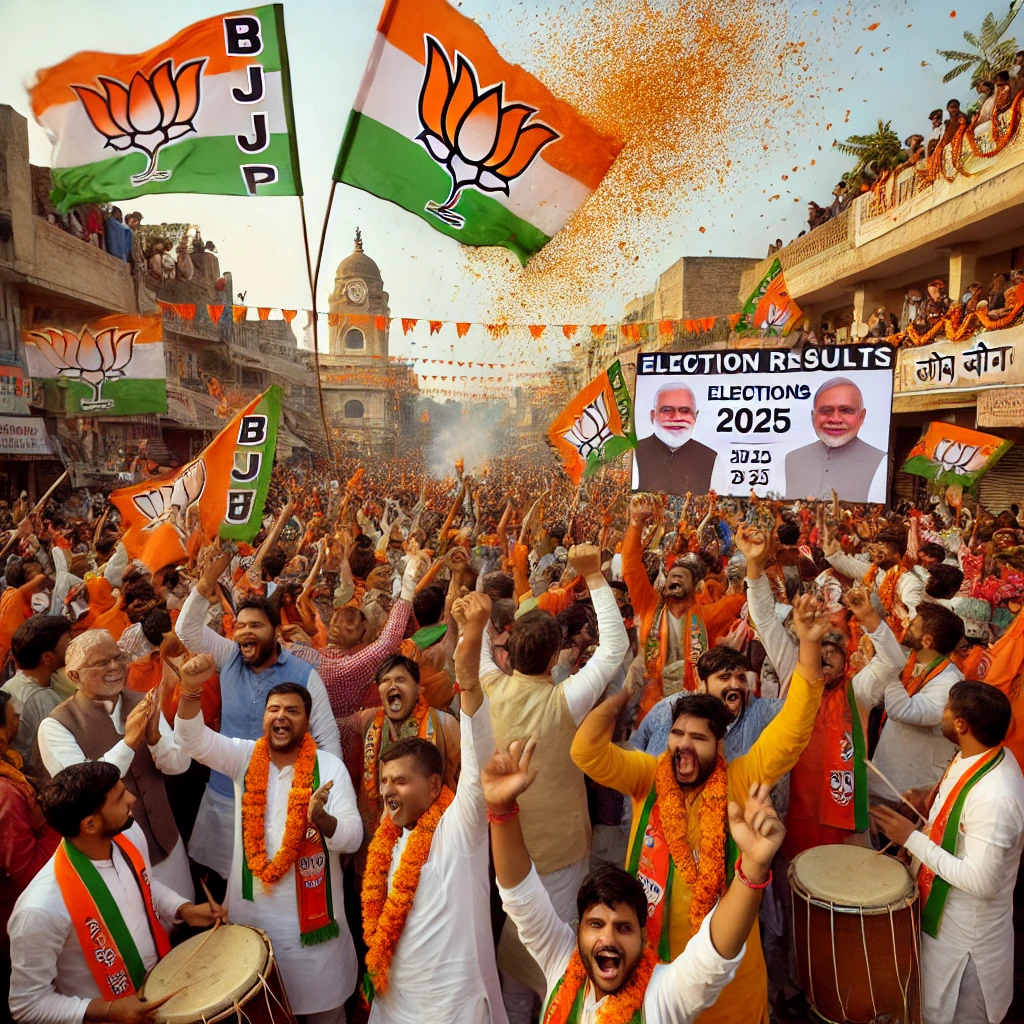
Municipal Corporation Wise Winners
| Municipality | Winning Candidate | Party | Victory Margin |
|---|---|---|---|
| Gurugram | Raj Rani | BJP | 1,79,000 |
| Faridabad | Praveen Joshi | BJP | 3,16,000 |
| Hisar | Praveen Popli | BJP | 45,198 |
| Rohtak | Ram Avtar Valmiki | BJP | 45,198 |
| Karnal | Renu Bala Gupta | BJP | 16,700 |
| Ambala | Shailja Sachdeva | BJP | 16,700 |
| Sonipat | Rajeev Jain | BJP | 12,779 |
| Yamunanagar | Suman Bahmani | BJP | Under process |
| Panipat | Komal Saini | BJP | 26,393 |
| Manesar | Inderjit Yadav | Independent | 2,293 |
Data sourced from State Election Commission reports.
Voter Turnout and Electoral Process
- Polling Dates: March 2 (most municipalities) and March 9 (Panipat).
- Average Turnout: 41% across local bodies, with Gurugram and Faridabad seeing higher participation.
- Counting Process: Conducted securely under three-tier security, with results declared by noon on March 12.
Implications for Haryana’s Political Landscape
1. BJP’s Strengthened Foothold
The results reaffirm the BJP’s grip on urban voters, driven by infrastructure projects and welfare schemes. CM Saini’s emphasis on a “triple-engine” government resonated with voters, particularly in trade hubs like Gurugram and Faridabad.
2. Congress’s Existential Crisis
The party’s inability to win even symbolic seats highlights structural issues, including defections and a lack of cohesive strategy. Former CM Bhupinder Singh Hooda’s influence waned further after Congress lost all four Rohtak assembly seats earlier.
3. Rise of Independent Candidates
Dr. Inderjit Yadav’s victory in Manesar underscores voter appetite for localized leadership, especially in newly developed municipalities.
Behind the BJP’s Success: Key Factors
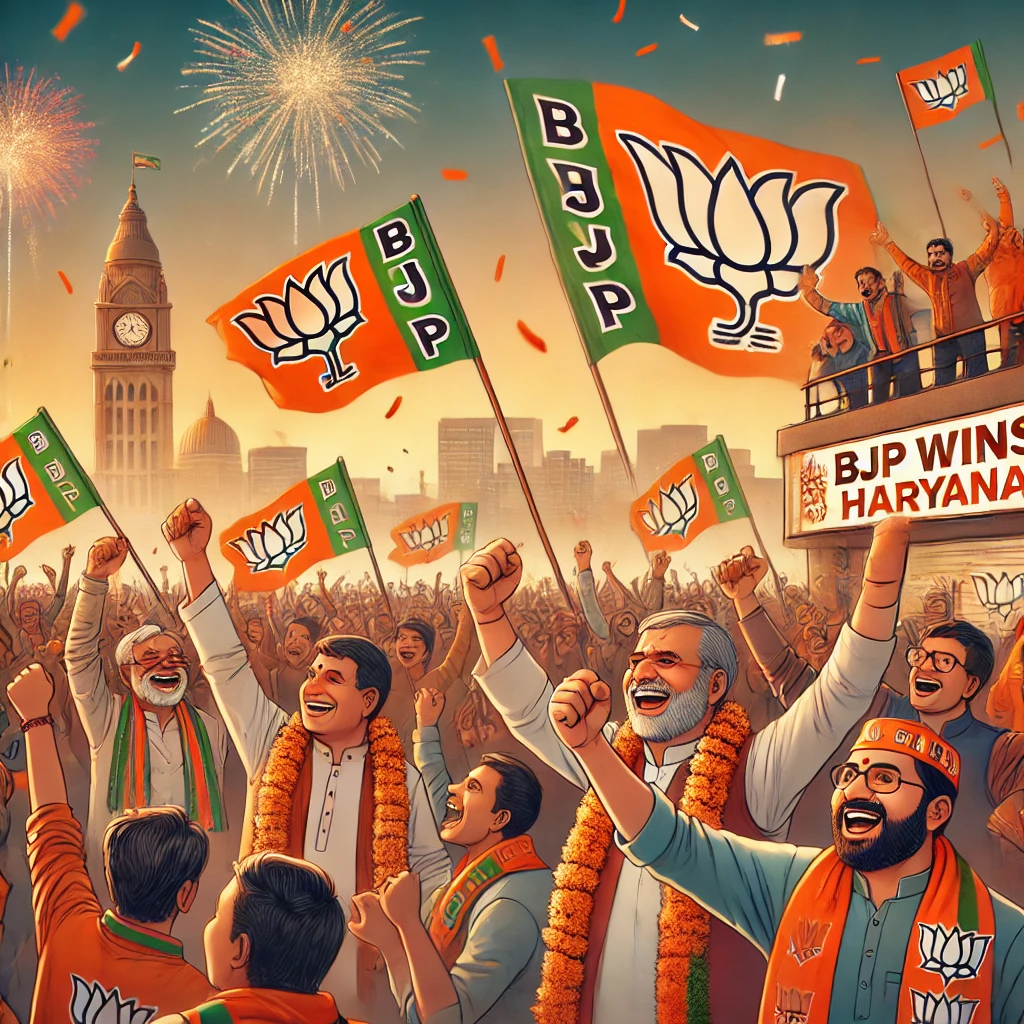
- Organizational Discipline: The BJP’s grassroots network and candidate selection strategy outpaced Congress’s fragmented efforts.
- PM Modi’s Endorsement: The Prime Minister’s rally in Karnal days before polling bolstered the party’s campaign.
- Anti-Incumbency Shield: Despite being in power since 2014, the BJP avoided anti-incumbency by highlighting central schemes like Smart Cities Mission.
Challenges Ahead for the BJP
- Manesar’s Independent Win: Signals potential discontent in rapidly urbanizing regions.
- Low Voter Turnout: Sub-50% participation reflects urban apathy, necessitating civic engagement drives.
Expert Analysis: What the Results Mean for 2029
Political analysts suggest these results position the BJP favorably for the 2029 assembly elections. However, the Congress could rebound by addressing leadership gaps and leveraging agrarian discontent in rural areas.
Conclusion
The Haryana Municipal Election Results 2025 have solidified the BJP’s dominance in the state’s urban centers, while exposing the Congress’s deepening crisis. With record margins and strategic gains, the BJP is poised to accelerate its development agenda. Meanwhile, all eyes are on Manesar, where an independent mayor could redefine local governance. Stay tuned for more updates on Haryana’s evolving political narrative!
Read more at worldsinsight.





